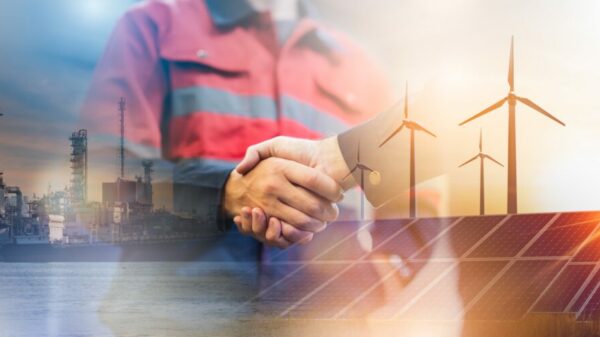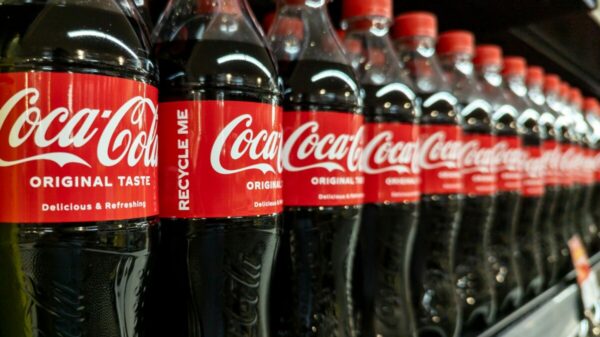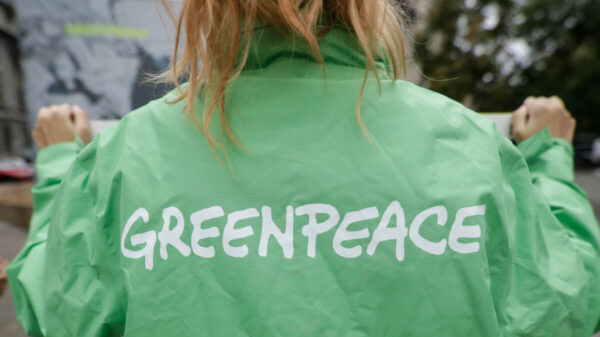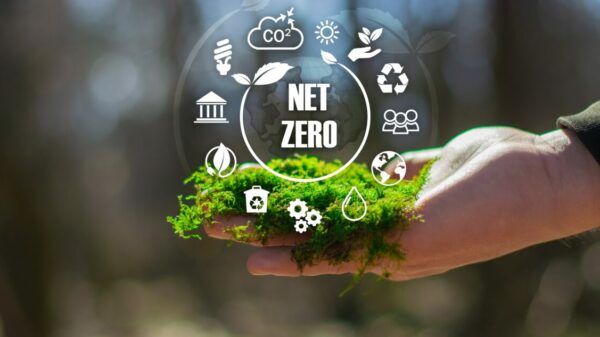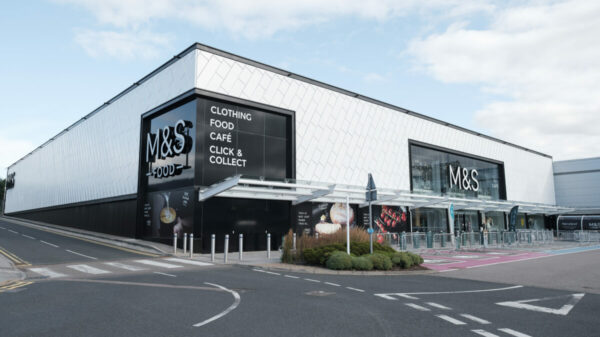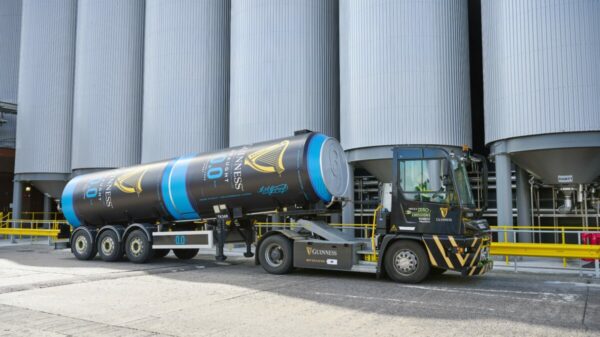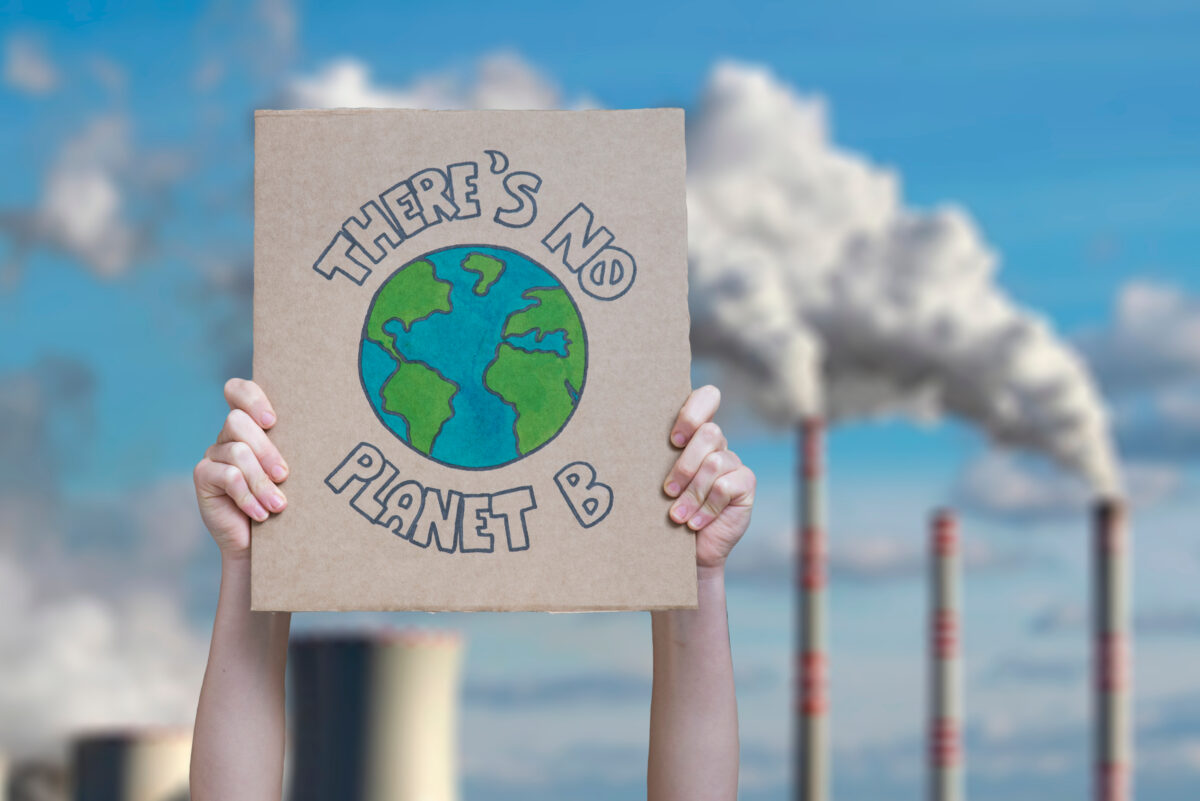Nestlé has reduced its greenhouse gas (GHG) emissions in 2023 by 13.5%, while continuing to grow its business over the same period.
The latest figures mean the food and drink giant, which owns brands such as KitKat, Quality Street and Nescafé, has decoupled its growth from its emissions and is on course to achieve its target of a 20% absolute reduction of GHG emissions by 2025.
Emissions were cut across scope 1, 2 and 3 over the last year, with 94% of those reductions coming from programmes and initiatives implemented across Nestlé’s operations and supply chain.
Nestlé group head of ESG strategy and deployment Antonia Wanner said: “Our progress on emissions reductions is proof of our unwavering commitment to our net zero roadmap.
Subscribe to Sustainability Beat for free
Sign up here to get the latest sustainability news sent straight to your inbox every day
“We are working closely with our partners to help make food production more sustainable, while aiming at enhancing livelihoods across our value chain at the same time. A just transition is crucial to accelerate our efforts.”
Dairy is the single largest source of Nestlé’s GHG emissions, and Nestlé is working with its suppliers and farmers to help them transition to regenerative agriculture practices: diverse cropping systems and livestock integration, biodiversity, collective and landscape actions, soil health, and water security and quality.
The report also revealed that by the end of 2023, 15.2% of Nestlé’s raw materials were sourced from farmers adopting regenerative agriculture practices. The company aims to bring this figure to 20% by 2025.
Nestlé is also making its own operations more energy-efficient and increasing its use of renewable electricity. More than 90% of the electricity in its global manufacturing sites came from renewable sources.

